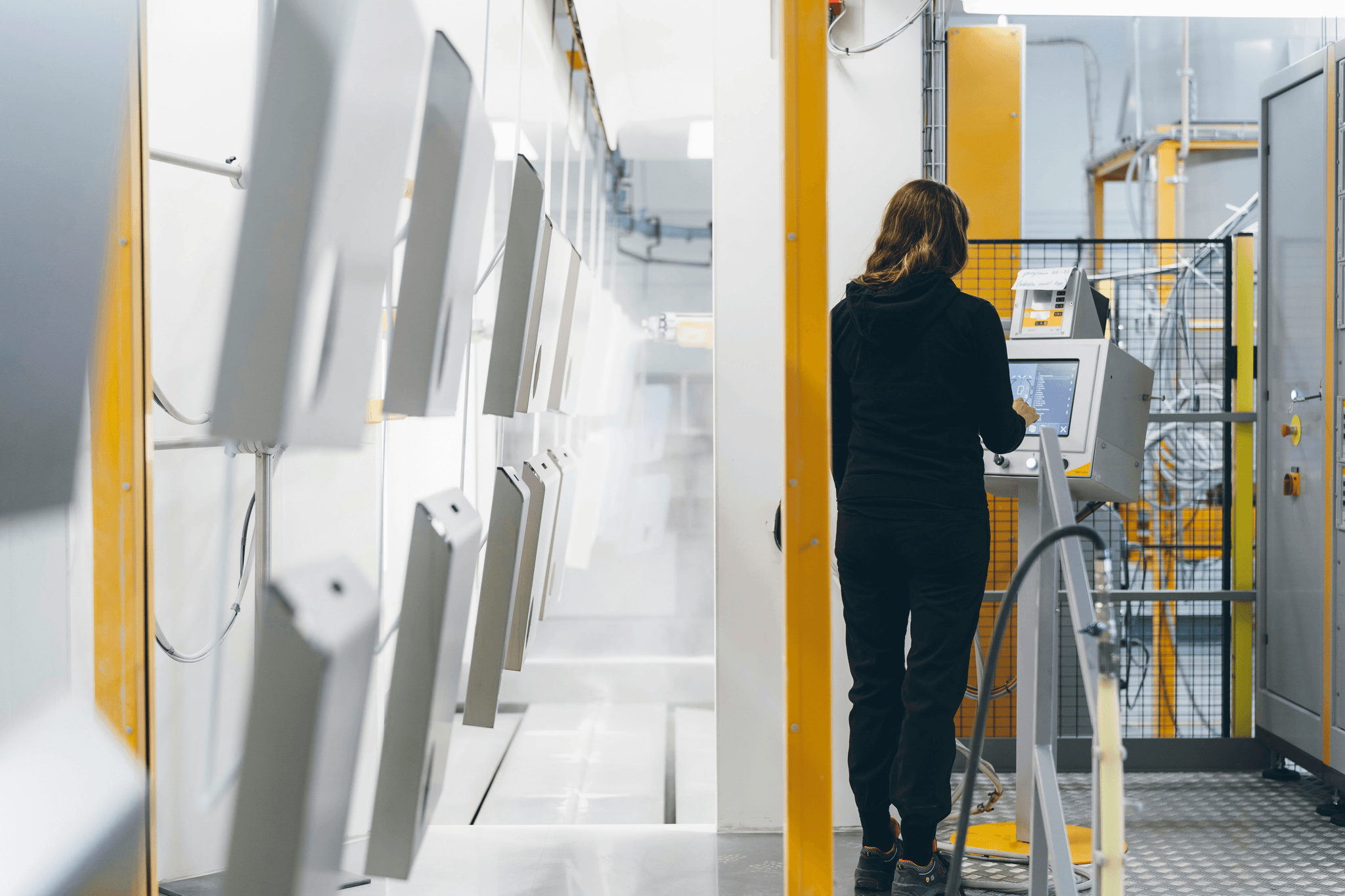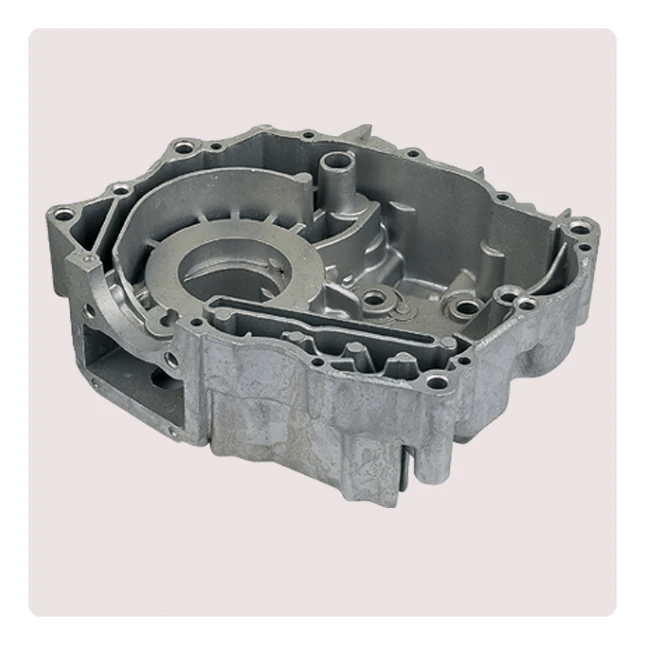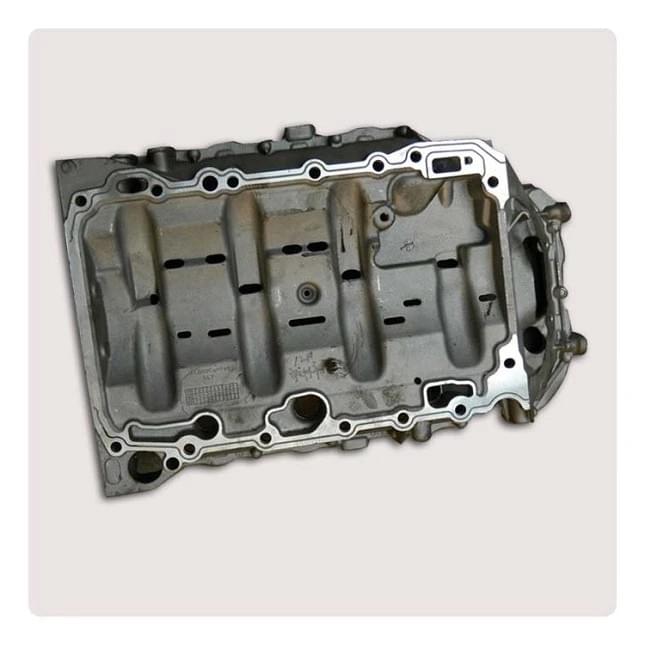Introduction

When it comes to manufacturing, the choice between casting and molding methods can greatly impact the quality and efficiency of production. Understanding the differences between die casting and molding is crucial for making informed decisions in the manufacturing process. Choosing the right method can ultimately determine the success of a project, making it essential to weigh the pros and cons of each approach.
Understanding Die Casting and Molding
Die casting involves injecting molten metal into a steel mold under high pressure, resulting in highly accurate and detailed parts. On the other hand, molding uses a mold to shape liquid or pliable material into solid objects. Both processes have their unique characteristics and applications, making it important to comprehend their individual functionalities.
Exploring the Key Differences
The key differences between die casting and molding lie in their processes, materials used, and final product outcomes. While die casting offers high precision and strength for metal parts, molding provides versatility with various materials such as plastic, rubber, or glass. Understanding these distinctions is essential for determining which method best suits specific manufacturing requirements.
Importance of Choosing the Right Method
Selecting the appropriate method between die casting and molding is crucial for achieving desired results in terms of cost-effectiveness, production speed, part complexity, and overall quality. Making an informed decision ensures that resources are utilized efficiently while meeting project goals effectively.
Die Casting vs Molding

Definition and Process of Die Casting
Die casting is a manufacturing process that involves injecting molten metal into a steel mold under high pressure. This results in a uniform shape and excellent surface finish, making it ideal for producing complex parts with tight tolerances.
Die casting is a manufacturing process that involves injecting molten metal into a steel mold under high pressure. This results in a uniform shape and excellent surface finish, making it ideal for producing complex parts with tight tolerances. The high pressure used in die casting ensures that the molten metal fills every crevice of the mold, resulting in intricate and detailed parts. Additionally, die casting allows for the production of thin-walled parts with minimal post-processing required, making it a cost-effective manufacturing method.
Definition and Process of Molding
Molding, on the other hand, refers to the process of shaping a raw material using a mold. It can involve various techniques such as injection molding, blow molding, or compression molding to create a wide range of products from plastic, rubber, or metal.
In injection molding, molten material is forced into a mold cavity at high pressure. This method is commonly used for producing plastic parts in large volumes with high precision and intricate details. On the other hand, blow molding is a manufacturing process that is used to create hollow plastic parts. It involves inflating a heated plastic tube until it fills the mold cavity and forms the desired shape. Compression molding, on the other hand, involves placing a pre-measured amount of material directly into an open mold cavity and then closing the mold to compress the material into the desired shape. Each of these methods has its own advantages and disadvantages in terms of cost, production speed, and complexity of design.
Pros and Cons of Each Method
Die casting offers high dimensional accuracy, smooth surfaces, and the ability to produce thin-walled parts. However, it may have higher tooling costs and longer lead times compared to molding techniques. On the other hand, molding processes are versatile and cost-effective for large-scale production but may have limitations in terms of part complexity and surface finish.
While die casting offers high dimensional accuracy and smooth surfaces, it may not be the most cost-effective option for small-scale production due to higher tooling costs and longer lead times. Additionally, the process may require more expertise and precision, leading to potential production delays. On the other hand, molding processes are known for their versatility and cost-effectiveness, making them ideal for large-scale production. However, they may not be suitable for intricate part designs or achieving a high-quality surface finish, which could limit their applicability in certain industries.
Die Casting Process

Die casting is a metal casting process that involves forcing molten metal into a mold cavity under high pressure. This results in precise, high-quality parts with excellent dimensional accuracy. Ningbo Buttler Precision Machinery Co., Ltd. plays a crucial role in die casting by providing expertise in mold design and production, as well as processing, surface treatment, assembly, and packaging.
The Role of Ningbo Buttler Precision Machinery Co., Ltd.
Ningbo Buttler Precision Machinery Co., Ltd. specializes in die-casting molds, aluminum and zinc castings, processing, surface treatment, assembly, and packaging. Their expertise ensures that the die casting process is optimized for maximum efficiency and quality.
Ningbo Buttler Precision Machinery Co., Ltd. also prides itself on its commitment to sustainability and environmental responsibility. By utilizing efficient die-casting processes, they minimize material waste and energy consumption, reducing the overall environmental impact of their operations. This dedication to eco-friendly manufacturing not only benefits the planet but also aligns with the growing demand for sustainable practices in the industry.
Benefits of Die Casting
Die casting offers numerous benefits such as high dimensional accuracy, smooth surface finish, and the ability to produce complex shapes with thin walls. Additionally, it allows for fast production rates and can produce parts with tight tolerances.
Furthermore, die casting is a cost-effective manufacturing process that allows for the production of large quantities of parts with consistent quality. This makes it an ideal choice for industries such as automotive, aerospace, and electronics, where high volume production and precision are essential. The ability to produce parts with thin walls and intricate designs also makes die casting suitable for industries that require lightweight yet durable components, such as consumer goods and medical equipment.
Industries That Benefit from Die Casting
Industries such as automotive manufacturing, aerospace, electronics, and consumer goods benefit greatly from die casting due to its ability to produce high-quality parts with excellent mechanical properties at a competitive cost.
Molding Process

Molding is a versatile manufacturing process that involves shaping a material, typically plastic or metal, using a mold. Smart Part Engineering plays a crucial role in molding by providing innovative tooling designs engineered for cost-effective manufacturing to maximize performance and casting quality while minimizing the need for secondary operations. Their Engineering Design Review Process allows for the optimization of new and existing parts at no cost to the customer.
Smart Part Engineering's Role in Molding
Smart Part Engineering's expertise in tooling designs allows for the creation of intricate and complex molds, enabling clients to produce highly detailed and precise parts. By customizing tooling designs to fit specific production requirements, they can optimize the manufacturing process and reduce material waste. This level of customization also ensures that clients can achieve consistent and reliable results, ultimately enhancing their overall product quality.
Advantages of Molding
One of the key advantages of molding is its versatility, as it can be used to create a wide range of products with different shapes and sizes. Additionally, molding allows for high production rates and repeatable high tolerances, resulting in consistent and high-quality parts.
In addition to its versatility and high production rates, molding also offers cost-effective manufacturing solutions. By using molds, manufacturers can produce complex parts with minimal waste, reducing material and labor costs. This makes molding an attractive option for businesses looking to streamline their production processes and minimize expenses. Furthermore, the ability to create intricate designs and shapes through molding opens up opportunities for innovative product development in various industries.
Applications of Molding in Various Industries
Molding has widespread applications across various industries such as automotive, aerospace, consumer goods, and electronics. It is commonly used to produce components like housings, enclosures, panels, and other intricate parts that require precise shaping and detailing.
Die Casting vs. Injection Molding

When comparing die casting vs. injection molding, it's important to consider the differences in process, material suitability, and production volume. Die casting involves injecting molten metal into a steel mold under high pressure, resulting in high precision and surface finish. On the other hand, injection molding uses a similar process but with plastic or other non-metal materials.
A Detailed Comparison
Die casting offers superior strength and durability due to its use of metals like aluminum and zinc, making it ideal for parts that require high structural integrity. Injection molding, on the other hand, is better suited for producing complex geometries and intricate designs using a wider range of materials including thermoplastics and elastomers.
Key Factors to Consider
When deciding between die casting vs. injection molding, factors such as cost-effectiveness, production speed, material properties, and part complexity should be carefully evaluated. Die casting tends to be more cost-effective for high-volume production runs of metal parts with consistent quality standards. Injection molding excels in producing large quantities of plastic parts with intricate details at a lower cost per unit.
Which Is the Better Option for Your Project
The choice between die casting and injection molding ultimately depends on your specific project requirements such as material type, part complexity, production volume, and budget constraints. For metal parts requiring high strength and precision, die casting is the preferred method. Conversely, if you need to manufacture large quantities of plastic parts with complex designs at a lower cost per unit, injection molding is the better option.
The Difference between Die Casting & Injection Molding

Key Distinctions to Keep in Mind
When comparing die casting vs. injection molding, it's important to note that die casting involves forcing molten metal into a mold cavity under high pressure, resulting in a more durable and precise final product. On the other hand, injection molding uses plastic resin that is injected into a mold at lower pressure, offering more flexibility in design and material options. Additionally, die casting typically requires higher upfront tooling costs but can produce larger quantities at a faster rate compared to injection molding.
How to Make the Right Choice
To make the right choice between die casting and injection molding, it's crucial to consider factors such as production volume, part complexity, material selection, and cost-effectiveness. While die casting is ideal for high-volume production of complex metal parts with tight tolerances, injection molding is better suited for producing large quantities of plastic parts with intricate designs at a lower cost per unit.
Ensuring Quality and Efficiency in Production
In order to ensure quality and efficiency in production, partnering with industry leaders like Ningbo Buttler Precision Machinery Co., Ltd. for die-casting molds and Smart Part Engineering for innovative tooling designs is essential. By leveraging their expertise in optimizing part designs and manufacturing processes, businesses can achieve superior quality and cost-effective production while minimizing the need for secondary operations.
Conclusion
When it comes to making informed manufacturing decisions, understanding the differences between casting vs molding, die casting vs. injection molding, and the difference between die casting & injection molding is crucial. By weighing the pros and cons of each method, you can find the best solution for your specific needs. Partnering with industry leaders like Ningbo Buttler Precision Machinery Co., Ltd. can ensure that you have access to top-notch expertise and cutting-edge technology for your manufacturing projects.
Making Informed Manufacturing Decisions
By grasping the nuances of molding vs casting and die casting vs. injection molding, you can make informed decisions that align with your production goals and budget constraints. Whether you prioritize cost-effectiveness or precision, understanding these distinctions will guide your choices in selecting the most suitable manufacturing method for your project.
Finding the Best Solution for Your Needs
Finding the best solution for your needs involves carefully considering factors such as material requirements, production volume, part complexity, and surface finish specifications when evaluating options like die casting and injection molding. By delving into these details, you can confidently choose a method that optimally meets your unique manufacturing needs.
Partnering with Industry Leaders like Ningbo Buttler Precision Machinery Co., Ltd.
Partnering with industry leaders like Ningbo Buttler Precision Machinery Co., Ltd. ensures access to expertise in die-casting molds, aluminum and zinc castings, processing, surface treatment, assembly, and packaging. Their commitment to innovative tooling designs engineered for cost-effective manufacturing makes them an invaluable partner in achieving optimal performance and quality while minimizing secondary operations.

